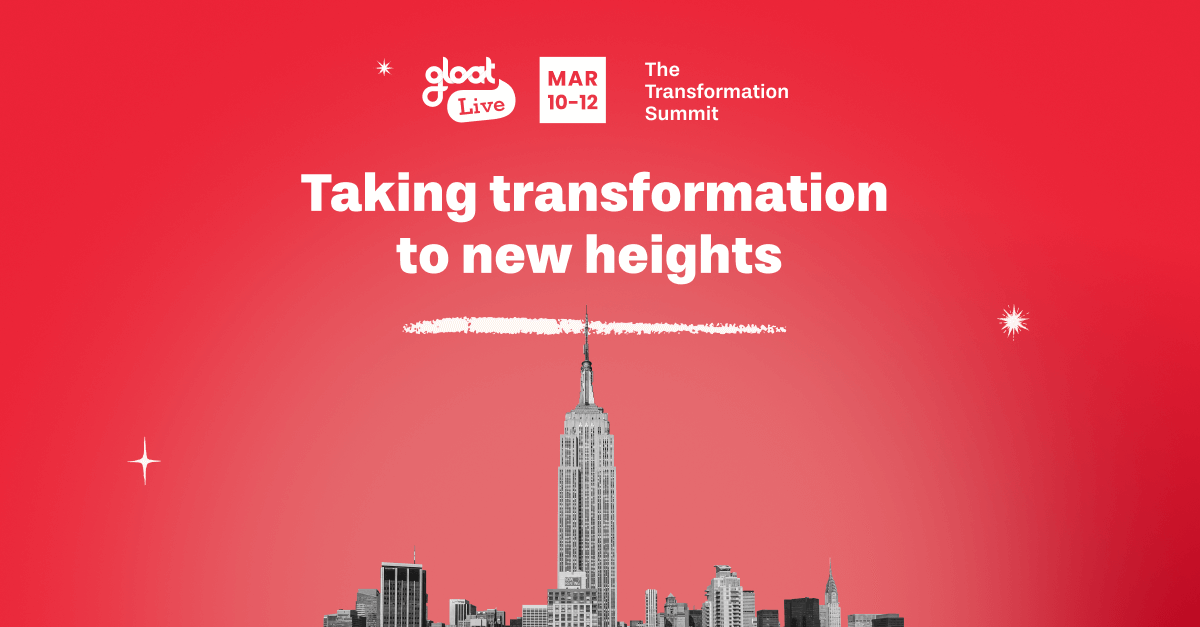‘Work without Jobs’: How companies will embrace agility
Ravin Jesuthasan and Dr. John Boudreau roadmap the next era of talent management

It’s easy to overlook how far talent management strategies have come in the past five years. Remote work used to be a novelty; today, it’s something many employees have come to expect. The focus on cross-skilling and upskilling persists, with 41% of companies surveyed by ManpowerGroup in late 2021 offering internal training opportunities.
Yet these advancements haven’t kept pace with the changes needed for businesses to attract, engage, and retain top talent. As workforce agility becomes the number one business survival mechanism, companies still feel unequipped: A recent Deloitte survey showed that though 76% of leaders think talent mobility is important, just 6% believe their company is “excellent” at enabling mobility.
As companies look to build agile work structures, many leaders are hesitant to embrace the unknown—juggling new terminologies, leaving old norms in the past, adopting an agile mindset, and wondering how employees will take work structure changes. Fear is understandable, but inaction is a bigger threat. Luckily, the roadmap for flexible work systems is being drawn in Work without Jobs.
In their Wall Street Journal bestselling book, Ravin Jesuthasan and Dr. John Boudreau provide real-world cases of how organizations can deconstruct work into tasks, gigs, and projects, and use skills to better match employees with the opportunities best suited for them—engaging workers in their careers while maximizing efficiency for the organization.
What is workforce agility, and who’s responsible for it?
Workforce agility refers to the ability of an organization to deploy, train, and engage its employees as individuals rather than their job titles. While traditional work structures may not see a member of the finance department as a good fit for an open marketing position, a look at that individual’s skills might show a completely different person hidden by out-of-date professional nomenclature.
Prioritizing skills gives companies a clearer picture of their workforce’s capabilities and helps forecast impending knowledge gaps. This leads to better cross-skilling, upskilling, and reskilling opportunities. As 80% of companies struggle to fill jobs due to a lack of skilled talent, bridging knowledge gaps through internal training might be the best way to maintain momentum.
HR’s role in the skills transformation is becoming more pronounced. In discussing the role HR has in elevating and building skills-based organizations, Jesuthasan sees them taking a larger role than ever before.
“As work itself changes, HR’s remit really has to change,” Jesuthasan said. “I think more than ever this profession, this function, has the permission—given what it’s done the last two years—to shift from that legacy role of being just a, not to minimize it, a steward of employment to increasingly being a steward of work. The progressive organizations we’ve talked about, the Unilevers of this world, all think well beyond the boundaries of what might have traditionally defined that function. They’re looking at the business problems and they are absolutely partners in helping their leadership team address the problems by fundamentally rethinking work and how people work.”
4 principles of using workforce agility platforms to deconstruct jobs
Jesuthasan and Boudreau call for a “new operating system of work,” and see that one is already emerging. Workforce agility platforms play a major role, combining the capabilities of talent marketplaces, which match people to opportunities based on skills, with workforce intelligence that gives organizations better insights into their workforce’s collective skills and capabilities. These skills-based organizations engage work in an agile manner that wasn’t possible under traditionally-siloed structures.
Under the new operating system of work, these four principles serve as a guide to unlocking agility:
#1. Transcend the legacy of “jobs” through deconstruction
By breaking down jobs into their core tasks, companies can better understand what skills are needed to complete business functions and internally develop those capabilities in a more targeted manner. Sometimes called pixelization, atomization, or segmenting, the core idea is that as work constantly changes in scope, a company can only be as agile as it understands the work being done.
#2. Find the right balance of human and automated work
As AI and broader computing power become more widespread—and capable—different skills will be needed from employees. Highly repetitive rules-based work can usually be taken care of by software and systems, giving people the chance to engage in more creative, strategic functions.
#3. Connect people with work on their terms
Jobs may not completely disappear, but their standing as the lone determiner of work stifles agility. As organizations deconstruct the work being done within their enterprise, the use of internal gigs, projects, and tasks can be determined based on the skills needed for the assignment. And there’s no one-size-fits-all approach. The key is looking beyond what was done and accepting that as new capabilities emerge, they may not fall neatly into categories created in the early 20th century.
#4. Reduce friction between people and work
Talent marketplaces serve as the main platform to connect people with the work that’s most relevant to their interests and skills. Traditional models of work silo talent into rigid structures, contributing to the skills gaps many companies are facing today.
Creating an agile system of work
It’s not about starting from scratch—it’s about gaining a deeper understanding of an organization’s needs, then deploying the right talent and training for the right skills to get it done. As more tools and technologies become available, be it talent marketplaces, worker exchanges, or crowdsourcing, finding talent is shifting from an acquisition problem to a visibility challenge.
Ravin Jesuthasan and Dr. John Boudreau’s research details how companies like DHL, Providence Health, and Genentech all utilized new strategies of work to find the hidden talent within their organizations.
To learn how you can get an organization started on the path to agility, request some one-on-one time with us.




